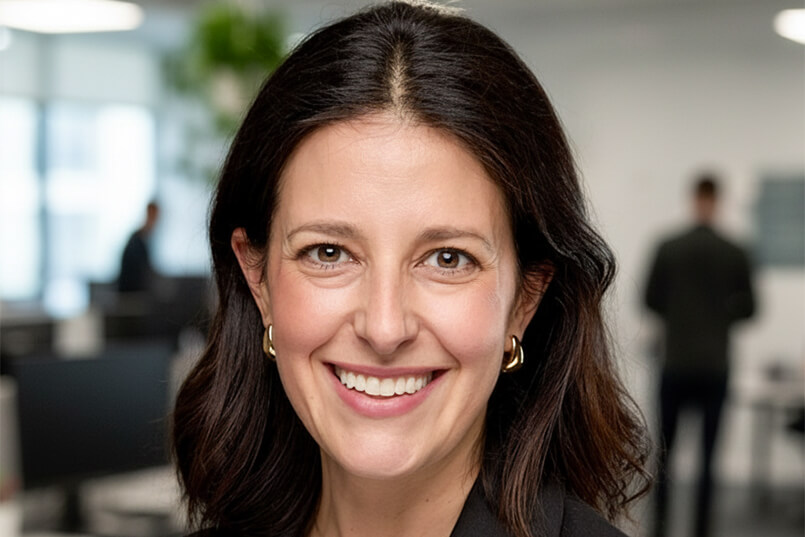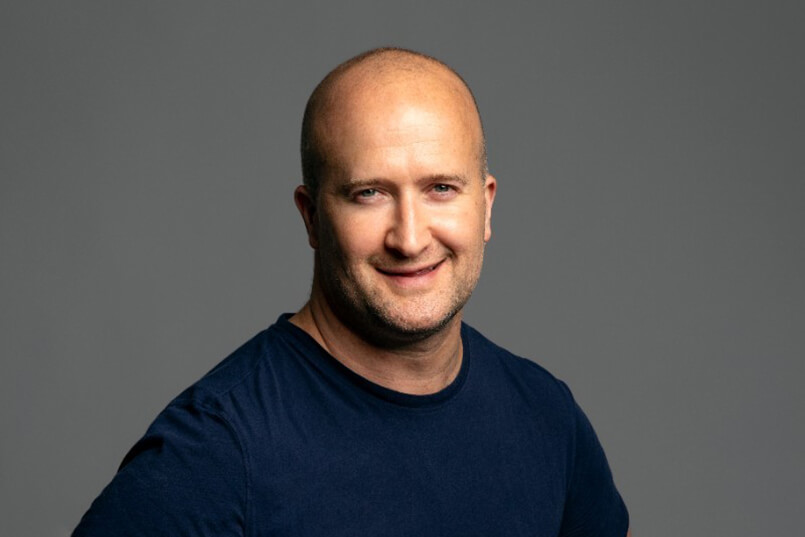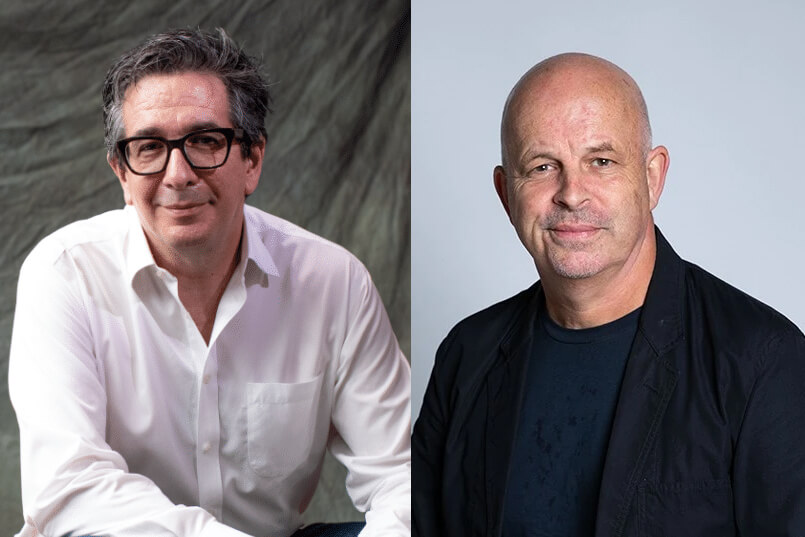Darryn Wallace, Executive General Manager at Bega Group, discusses the challenges and opportunities of managing iconic consumer packaged goods brands, particularly in the dairy sector.
He discusses the importance of local ownership, the evolution of marketing strategies, navigating consumer trends, product development, distribution channels, pricing strategies, and advertising approaches.
Darryn shares insights from his extensive career in the industry, emphasising the significance of relationships, brand loyalty, and adapting to changing consumer preferences.
You can listen to the podcast here:
Follow Managing Marketing on Soundcloud, Podbean, TuneIn, Stitcher, Spotify, Apple Podcast and Amazon Podcasts.
That moment when you get out of the surf, you just feel alive and you feel better for the experience, and it’s a very Australian thing and you feel ready to conquer the day.
Transcription (Edited):
Darren:
Hi, I’m Darren Woolley, founder and CEO of TrinityP3 Marketing Management Consultancy, and welcome to Managing Marketing, a weekly podcast discussing the issues and opportunities facing marketing, media, and advertising with industry thought leaders.
If you’re enjoying the podcast, please like, review, or share this episode.
To be the marketing leader for a major successful consumer packaged goods brand is one thing, but to oversee a portfolio of high-profile, well-loved brands—almost cultural signposts in the market, with decades of prominence—is a major challenge. How do you honor that tradition while nurturing these brands through changes in consumer dietary needs and habits? My guest today has taken on such a challenge at Bega Group.
Please welcome the Executive General Manager at Bega Group, Darryn Wallace. Welcome, Darryn.
Darryn:
Hello, Darren, and thank you for having me. It’s a pleasure to join your podcast today.
Career Evolution in Iconic CPG Brands
Darren:
It’s great catching up. We met when you were at Cadbury, and I’ve followed your career as you’ve built expertise in CPG, beverages, and most recently, dairy. How did you get here?
Darryn:
I got into consumer goods by chance. I joined Cadbury Schweppes as a graduate in the finance team, which gave me two or three years of grounding in how a business works. I was fortunate to join a company that invested in management experience and learning.
I was able to weave my way through many roles, eventually becoming the general manager of marketing at Cadbury, applying the trade to growing great brands. I’ve always had a passion for creating products that the Australian public can love. I’ve zigzagged across categories: confectionery and beverage, and for the last 10 years, dairy, juice, spreads, and staples like Vegemite, Bega Peanut Butter, and Super-Duper ice creams. I’ve been fortunate to work on iconic local brands, but also global brands like Pepsi, Gatorade, and Red Bull.
Darren:
The portfolio you now manage includes what I call “passion brands.” Vegemite is a cultural signpost. Dairy Farmers, Daily Juice, Pura, and Bega are staples. It must be interesting to apply your global and local experience to these cultural icons.
Darryn:
If you think about it too long, you can be intimidated. Brands like Farmers Union Greek yogurt (1888), Bega (1899), and Dairy Farmers (1900) are in their third century. You feel a great sense of responsibility and accountability to ensure they remain relevant for today and the next generation. I find it exciting to shape brands with such established heritage and personality to make them modern.
The Bega Group is one of the largest agricultural businesses listed on the ASX. We are Australian-owned and local. The ability to be empowered and manage these brands using our local team, local insights, science, and technology is incredibly rewarding.
Local Ownership and Relationships in the Dairy Sector
Darren:
The heavy emphasis on dairy is interesting. Dairy was traditionally connected to the farm, often through co-ops, before corporatization. The industry seems to benefit significantly from local ownership.
Darryn:
It does. My first impression was that it’s a business of relationships. We run personalized relationships with over 800 farmers across the country who are critical to our success. The market was regulated for a long time, so brands like Big M in Victoria and Masters Milk in West Australia have deep history in their local communities, creating high levels of trust and loyalty.
Dairy is an “always on” business. With short shelf-life products, you’re fighting for distribution every day. Our ability to service the market relies on deep relationships because we’re running seven days a week, 52 weeks a year.
CPG/FMCG as the Ideal Marketing Training Ground
Darren:
Many marketers say starting a career in CPG/FMCG is one of the best ways to get hands-on training in the full skillset of marketing. Teams work across product, packaging, pricing, and distribution. Do you feel this comprehensive training is important?
Darryn:
One hundred percent. I was fortunate to join Cadbury Schweppes when it was integrating businesses, giving it a broad portfolio. As a local business, we had the autonomy to influence what products we made, how we marketed them, where we sold them, and how we priced and promoted them.
Cadbury also invested heavily in people, providing training in core marketing disciplines and executive skills like managing change and acquisitions. This comprehensive training has changed over the last 10 years due to globalization. But one of the joys of working with the Bega Group is that we are a local business, which retains the ability to steward brands through a great local team with autonomy over brands and customer relationships.
Darren:
In global organizations, there’s often more siloing. A strength of CPG/FMCG is a clear understanding of the role of sales to customers (securing pricing and distribution) and marketing to consumers (driving demand) working hand-in-hand—the basis of the Four Ps.
Darryn:
I have a philosophy I call “removing alibis”—getting rid of excuses so the team can do their best work. Accountability is high. You have to develop the right product with the right insights, explain it to the customer so they stock it, have it come off the shelf, and ensure the consumer likes it enough to buy it again. You learn through doing, and you have no one else to blame.
The ability for all technical and specialist functions to work in concert makes the difference.
Darren:
I find the talk that the generalist is no longer needed overlooks dealing with complexity. While you have specialists (the vertical of the ‘T’ capability), you still need someone with an overview to bring it all together (the horizontal of the ‘T’).
Darryn:
I grew up in a world that prioritized getting the product right and ensuring availability before promotion or advertising. That generalized capability is really important—knowing which dots to join up. I’m highly dependent on the team and the new skills they bring. I didn’t grow up in the e-commerce era, where for some categories, a third of sales are consumed online. The ability to blend that breadth of knowledge and experience with the art needed in each discipline is key.
Product Trends and E-commerce in a Portfolio Strategy
Darren:
Thirty percent of sales through e-commerce is significant. While people focus on performance media in e-commerce, brand has never been more important. Also, customer experience of the brand has become more important than just the messaging.
Darryn:
We all shop with our eyes. In a digital environment, products need to “pop off the page and say, ‘Purchase me.'” For food or beverage, it’s the appetite appeal of the images, the relevant words, and being in the right place on the digital shelf. All these disciplines are still focused on making sure we stand out in the most compelling way.
We have a large portfolio—more than 30 brands. To manage this, we prioritize eight “power brands” that are market leaders, bring a clear point of difference, and represent over three quarters of our profit. We look after the base and prioritize those eight to make them relevant and future-proof.
Darren:
Let’s focus on dairy trends. Dairy is ancient, yet we see trends like high fat, low fat, and now high protein. How do you determine whether a trend is a short-term fad or worth tapping into?
Darryn:
Protein is nearly a mega-trend right now, driven partly by a consequence of COVID. People of all ages are proactively attuned to their health and well-being, consciously focusing on macronutrients.
Darren:
The focus on longevity and the switch against sugar and carbohydrates have replaced the old low-fat focus, which often relied on corn syrup or high sugar to replace texture. This is now replaced by the need for high protein.
Darryn:
Flavored milk has taken the next leap. Dairy is a great source of protein, so we can now offer a drink with 30 grams of protein, no added sugar, and reduced fat milk. It brings all the macronutrients of dairy—hydration, calcium, B vitamins, and protein—at a low calorific value. This has become a convenient, enjoyable, and affordable meal replacement.
We are seeing the advancement of functionality in dairy. pouch yogurt continues to grow because of its convenience and ease of consumption, with many offering 15 grams of protein.
Distribution, Pricing, and the “Always On” Operation
Darren:
Let’s talk about distribution. I initially thought of your brands as supermarket grocery, but dairy drinks are in every convenience store and servo, plus 30% online.
Darryn:
I’ve really enjoyed the breadth of customer or channel in dairy. For yogurt, we sell through traditional supermarkets, bulk discounters (Costco, Aldi), online, petrol stations (7-Eleven), health and aged care, and QSR (McDonald’s Happy Meals). Back-of-house yogurt and cream go into most restaurants and cafes.
We serve a diverse customer base, so understanding the right offers, pack sizes, and pricing equations for each is vital. Packaging serves multiple roles: providing the correct serve size and representing the brand as a trust mark.
Darren:
On pricing, the cost-of-living crisis has seen prices on essentials increase significantly, driven by whole supply chain issues, especially energy.
Darryn:
Inflation has been a real challenge for the Australian public, and dairy has been at the heart of it. We’ve had environmental issues impacting the cost to produce milk, as well as rising costs for transport, ingredients, and packaging. Dairy is a low-margin category, so our focus is productivity first, then pricing to offset costs after all productivity measures. We are deliberate about what price to take, on which products, and how it aligns with household affordability. The last few years have been challenging because you don’t want to take a price that causes consumers to reappraise your brand.
Darren:
With the short shelf-life of fresh white milk (18 to 20 days is the shortest), there’s little time to move the product from farm to consumption. You’re constantly trying to build a business model that’s efficient and without disruption. This makes it a seven-day-a-week operation—you constantly have to move.
Brand Promotion and Distinctive Advertising
Darren:
For the agencies listening, let’s get onto promotion. You have brands with decades of positioning. What’s your philosophy or approach to advertising for building these brands?
Darryn:
It’s changed slightly in the last 10 years. We probably don’t invest enough, but where we do, we aim to be noticed and distinctive, leveraging existing assets and fame.
For Dairy Farmers, the traditional ad would have shown the farmer, cows, and rolling paddocks, focusing on purity. Our most recent ad shows a cow surfing on a surfboard with people eating different Dairy Farmers products. We are trying to bring more personality and emotion to the advertising and move away from stereotypes.
We wanted to capture the emotion of feeling alive and ready to conquer the day. Our advertising is about being brave to do something different. The message, “start the day with oomph,” brings distinctiveness and works well across all aspects of the brand. To me, staying modern, bringing personality to life, and capturing the emotion is the key to building loyalty.
Darren:
Absolutely. The heritage was good for its time, but being much more consumer-focused—answering the question “what’s in it for me?”—is really important, and your approach does that.
Darryn, time has run away from us. It’s been an absolute pleasure, and thank you so much for sharing what you’re doing at Bega Group.
Darryn:
No, I thank you for being able to spend this time. Hopefully, there are a few nuggets for your listeners to take out of our conversation.
Darren:
One question before you go: after a hard day at the office, what’s the beverage that Darryn Wallace reaches for?




